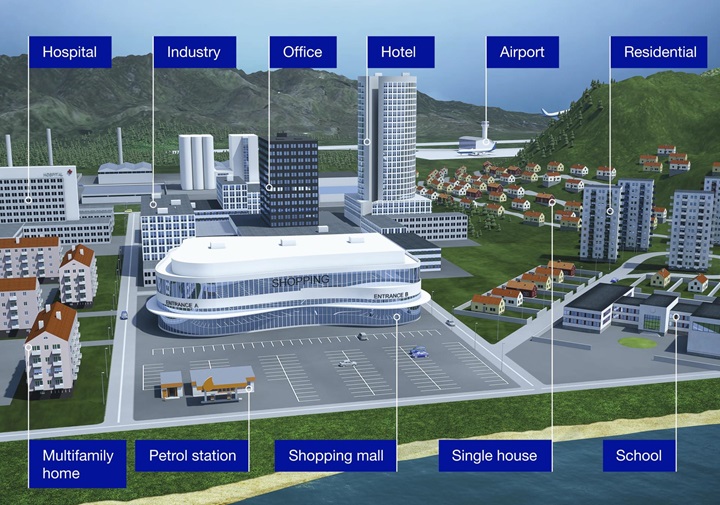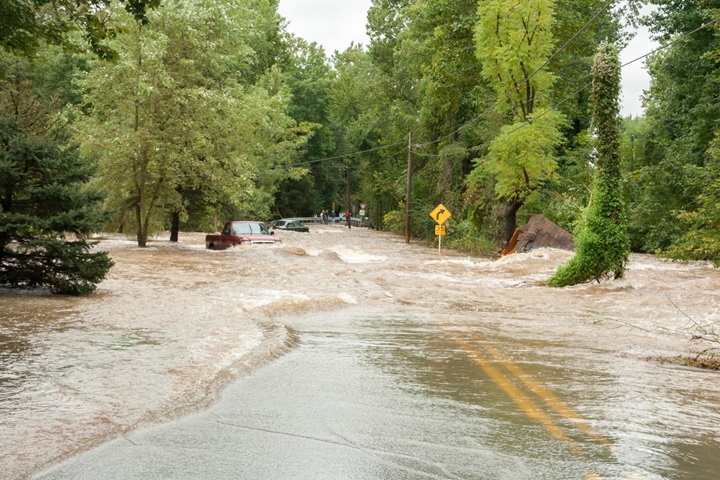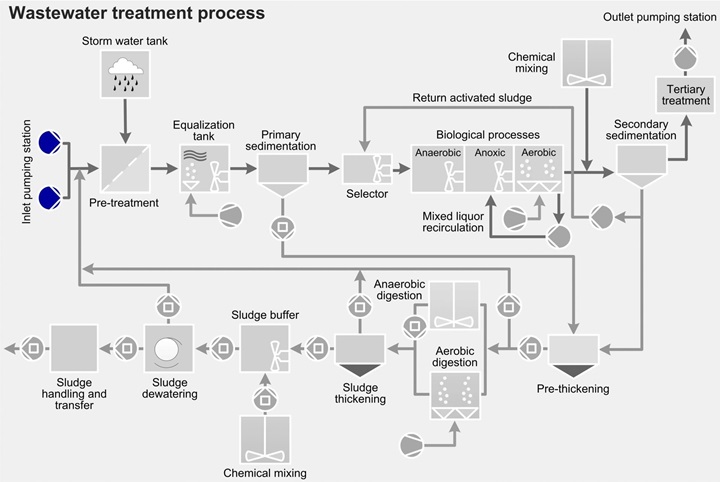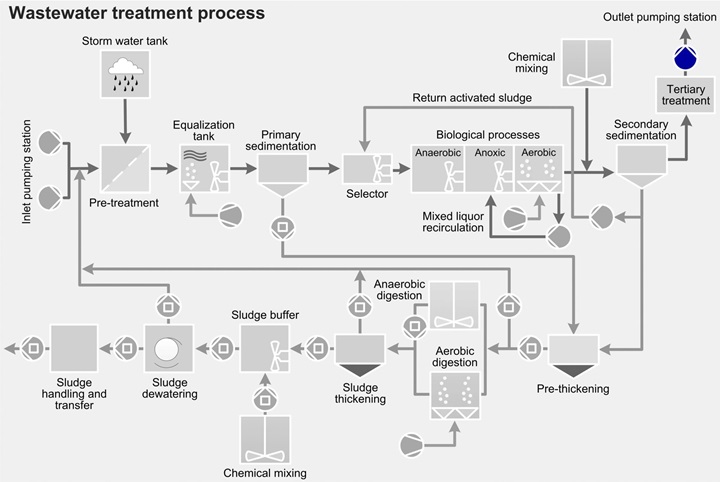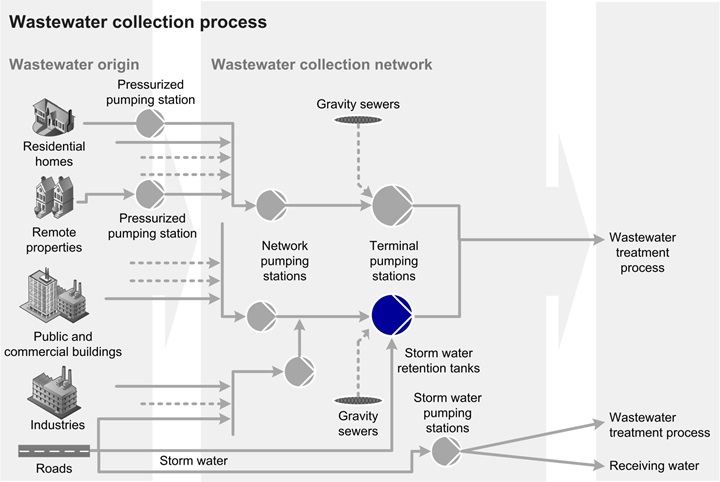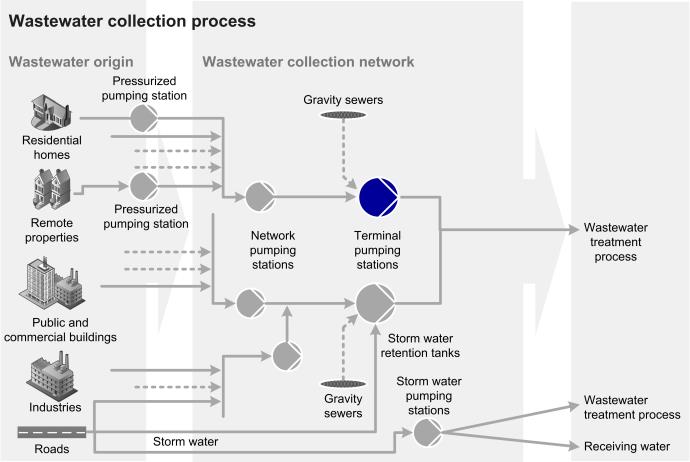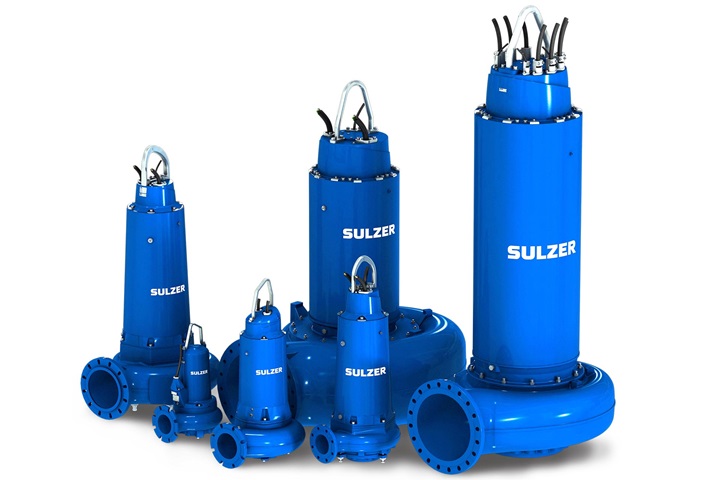BlueLinQ modules
Expand your BlueLinQ connectivity
Plug-and-play modules for BlueLinQ Pro controller
Refurbishing or designing a new sewage pumping station control panel is made much simpler if common controls and interfaces can be used. Operators quickly become familiar with the system, saving them time; this applies equally to any contractors used to monitor and respond to alarms. The BlueLinQ Pro controller can be used to operate and monitor up to six pumps including valves, mixer, flushing valves etc. If the capacity of a pumping station needs to be increased, it is a straightforward task of installing additional IO modules.
All Input and Output modules (IO) are designed to integrate seamlessly with the BlueLinQ Pro controller and are simple to install and commission. In addition, the small and compact design of the modules enables the easy expansion of the equipment controller and delivery of a reliable and flexible solution.
Digital and analog IO modules, as well as temperature and leak detection units, can be combined as necessary to complete the installation. All modules have built-in LED indication for easy identification of signal status.
BlueLinQ DI-12: 12 isolated digital inputs which can be used for digital signals such as high-level float, low level float, overflow sensor etc.
BlueLinQ DO-8: 8 digital output signals expand the capacity of the pump controller for signals such as pump start/stop, open/close valves, reset motor protector etc.
BlueLinQ AI-6: Up to 6 analog inputs which can be used for connecting sensor signals such level, motor current, pressure etc.
BlueLinQ TI-6: Analog Input for connecting up to 6 temperature signals x 9 modules.
BlueLinQ AO-6: 6 analog output signals such as level, pressure, flow etc can be transmitted over 4-20 mA.
BlueLinQ LI-6: Up to 6 isolated analog inputs for connecting to leak detection sensors on the pumps and mixers.
Combined or separate alarms can be set up for each module with a maximum of 32 modules in total.
